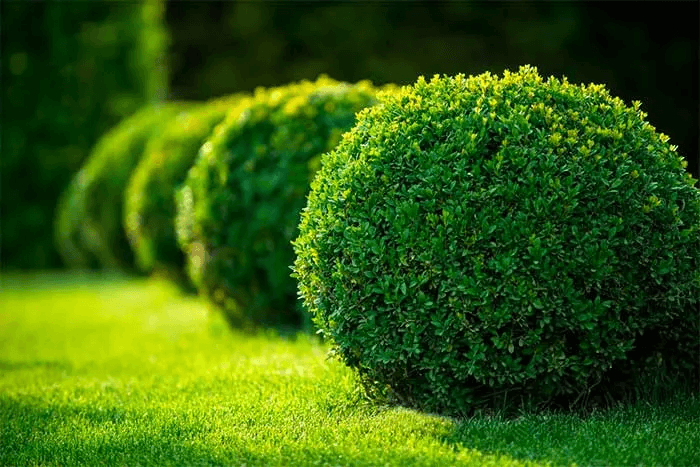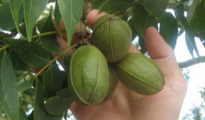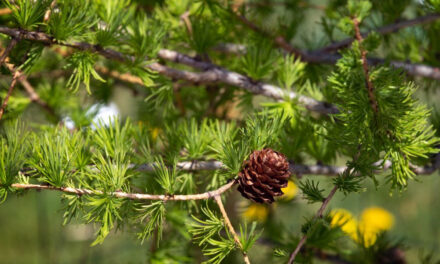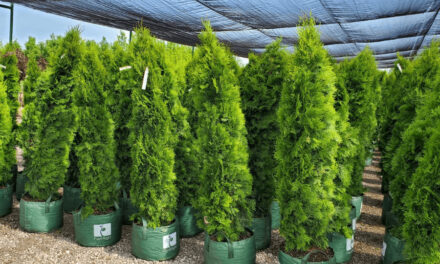Shrubs are an essential component of any garden, providing structure, beauty, and year-round interest. Whether you're a seasoned gardener or just starting your green thumb journey, understanding how to properly care for shrubs is crucial to ensuring their longevity and vibrancy. In this comprehensive guide, we will delve into the various aspects of shrub care, covering everything from planting and watering to pruning and maintenance. Let's get started on creating a flourishing garden filled with healthy, thriving shrubs.

Selecting the Right Shrubs
Choosing the right shrubs for your garden is the first step towards successful shrub care. Consider factors such as climate, soil conditions, available space, and the shrub's ultimate size and shape. Research the specific requirements of different shrub species and opt for those that align with your garden's conditions.
Planting
Proper planting techniques play a vital role in establishing healthy shrubs. Follow these steps for optimal results: a. Prepare the soil: Clear the planting area of weeds, rocks, and debris. Loosen the soil to improve drainage and nutrient absorption. b. Dig the hole: Make the hole twice as wide and just as deep as the shrub's root ball. c. Amend the soil: Mix organic matter like compost or peat moss into the soil for enhanced fertility. d. Planting the shrub: Place the shrub in the hole, ensuring that the top of the root ball is level with or slightly above the soil surface. Backfill the hole, gently firming the soil around the roots. e. Watering: Thoroughly water the newly planted shrub to settle the soil.
Watering
Proper watering is crucial for shrub health. Follow these watering tips: a. Establish a watering schedule: Young shrubs require more frequent watering until their root systems develop. Water deeply but infrequently to encourage deep root growth. b. Water at the base: Direct water to the shrub's root zone to minimize leaf wetting and reduce the risk of disease. c. Mulching: Apply a layer of organic mulch around the base of the shrub to conserve moisture and regulate soil temperature. d. Monitor moisture levels: Regularly check the soil moisture using your finger or a moisture meter. Water when the top few inches of soil feel dry.
Pruning and Shaping
Pruning is essential for maintaining shrub health, shape, and promoting new growth. Follow these guidelines: a. Timing: Prune shrubs during their dormant season, typically in late winter or early spring. However, some shrubs may require specific pruning times, so research the particular species. b. Tools: Use sharp, clean pruning shears or loppers for precise cuts and to prevent the spread of diseases. c. Removal of dead or diseased wood: Remove any dead, damaged, or diseased branches to promote overall plant health. d. Shaping: Prune to maintain the desired shape and size of the shrub. Remove any crossing branches or those that detract from the plant's form. e. Pruning techniques: Familiarize yourself with different pruning techniques, such as heading back, thinning, and rejuvenation pruning, depending on the specific shrub's growth habits.
Fertilizing
Appropriate fertilization ensures that shrubs receive essential nutrients for robust growth. Consider the following tips: a. Soil testing: Conduct a soil test to determine nutrient deficiencies and pH levels. This information will guide your choice of fertilizer. b. Organic or slow-release fertilizers: Opt for organic or slow-release fertilizers to provide a steady supply of nutrients over time. c. Timing: Apply fertilizer in early spring before new growth starts. Avoid late-season fertilization, as it may stimulate new growth that can be damaged by frost. d. Proper application: Follow the instructions on the fertilizer packaging to determine the appropriate amount and method of application. Avoid over-fertilizing, as it can lead to excessive growth and weaken the shrub's structure.
Weed Control
Weeds compete with shrubs for essential nutrients and water. Implement these weed control strategies: a. Mulching: Apply a layer of organic mulch around the base of the shrub, extending a few inches beyond the drip line. This helps suppress weed growth by blocking sunlight and conserving moisture. b. Hand pulling: Regularly inspect the area around the shrubs and manually remove weeds by pulling them out from the root. c. Weed barriers: Consider using weed barriers or landscape fabric beneath the mulch to further suppress weed growth. d. Herbicides: As a last resort, selective herbicides can be used to control persistent weeds. Follow the instructions carefully and use them sparingly to minimize environmental impact.
Pest and Disease Management
Maintaining a vigilant eye for pests and diseases is crucial for shrub care. Take these preventive measures: a. Regular inspection: Inspect shrubs regularly for signs of pests, such as aphids, mites, or caterpillars, and signs of diseases like powdery mildew or leaf spot. b. Proper sanitation: Remove and destroy any infected or infested plant material to prevent the spread of pests or diseases. c. Beneficial insects: Encourage beneficial insects, such as ladybugs and lacewings, that prey on common garden pests. d. Organic pest control methods: Utilize organic pest control methods like neem oil, insecticidal soaps, or horticultural oils to manage pests while minimizing harm to beneficial insects. e. Consultation: If a pest or disease problem persists, seek advice from local gardening experts or extension services for specific recommendations.
Caring for shrubs is a rewarding endeavor that contributes to the beauty and vitality of your garden. By understanding the specific needs of different shrub species, providing proper planting, watering, pruning, fertilization, and pest control, you can ensure the health and longevity of your shrubs. Remember to regularly observe and adjust your care routine based on the individual requirements of each shrub. With patience, diligence, and a little green-thumb magic, your shrubs will thrive, creating a stunning landscape for years to come. Happy shrub gardening!


















